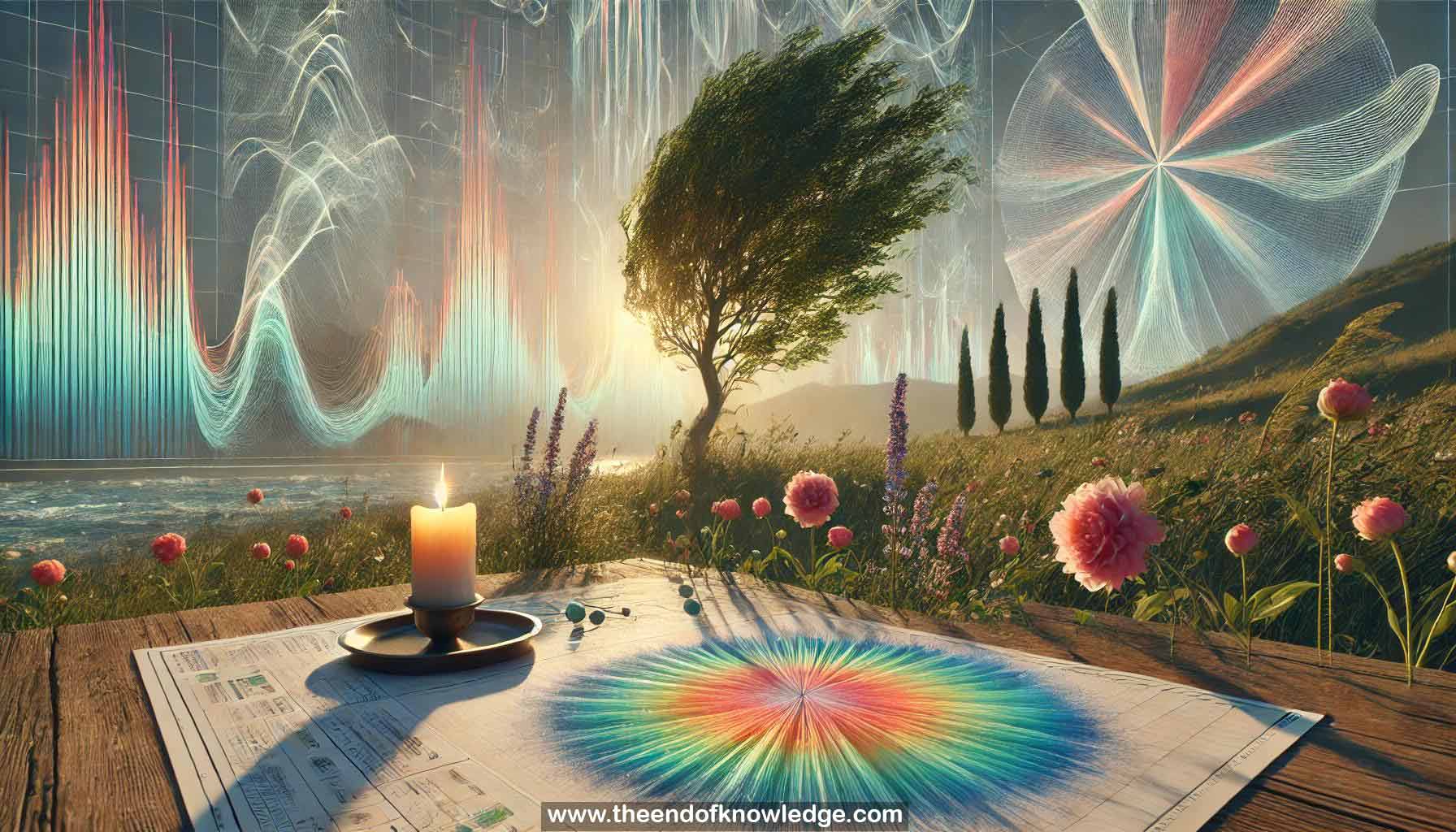 >
>
Concept Graph & Resume using Claude 3 Opus | Chat GPT4o | Llama 3:
Resume:
1.- Generative Image Dynamics: A method to model image-space priors on scene motion, learned from real video sequences of natural oscillatory dynamics.
2.- Spectral Volume: A frequency-domain representation of dense, long-range pixel trajectories, well-suited for prediction with diffusion models.
3.- Image-Based Rendering: A technique to animate future video frames using predicted motion and the input image.
4.- Latent Diffusion Model (LDM): The backbone for predicting spectral volumes from single images.
5.- Frequency-Coordinated Denoising: A strategy to predict spectral volumes across multiple frequency bands while maintaining coherence.
6.- Adaptive Frequency Normalization: A technique to normalize spectral volume coefficients across frequencies for stable training and accurate predictions.
7.- Motion Texture: A set of long-range, per-pixel motion trajectories derived from spectral volumes.
8.- Seamless Looping: A technique to create endlessly looping videos using motion self-guidance during the diffusion sampling process.
9.- Interactive Dynamics: The ability to simulate object responses to user-defined forces using predicted spectral volumes.
10.- Modal Analysis: A method to interpret spectral volumes as image-space modal bases for simulating dynamics.
11.- Eulerian Motion Fields: A representation of scene motion as dense displacement maps for each pixel over time.
12.- Softmax Splatting: A technique for forward-warping features during image-based rendering to handle occlusions and multiple source pixels.
13.- Fr échet Inception Distance (FID): A metric to evaluate the quality of generated images compared to real images.
14.- Fr échet Video Distance (FVD): A metric to evaluate the quality and temporal coherence of generated videos.
15.- Dynamic Texture Fr échet Video Distance (DTFVD): A metric specifically designed for evaluating natural oscillatory motions in videos.
16.- Sliding Window Metrics: Techniques to measure how generated video quality changes over time.
17.- Variational Autoencoder (VAE): A component of the LDM that compresses input to a latent space and reconstructs output.
18.- U-Net: A neural network architecture used in the diffusion model for iterative denoising.
19.- Classifier-Free Guidance: A technique to guide the diffusion sampling process without using a separate classifier model.
20.- Motion Self-Guidance: A method to enforce looping constraints during the diffusion sampling process for seamless video generation.
21.- Image-Space Modal Basis: An interpretation of spectral volumes for simulating interactive dynamics from single images.
22.- Fourier Domain Representation: Modeling motion in the frequency domain to capture oscillatory behaviors efficiently.
23.- Multi-Scale Feature Extraction: A technique used in the image-based rendering module to capture details at different scales.
24.- Perceptual Loss: A loss function used in training the image-based rendering module to produce visually pleasing results.
25.- Motion Magnitude as Depth Proxy: Using predicted flow magnitude to determine the contributing weight of source pixels in rendering.
26.- Frequency Attention Layers: Neural network layers used to coordinate predictions across different frequency bands in the spectral volume.
27.- Universal Guidance: A technique to incorporate additional constraints during the diffusion sampling process.
28.- Explicit Euler Method: A numerical method used to simulate the state of modal coordinates in interactive dynamics.
29.- Feature Pyramid: A multi-scale representation of image features used in the image-based rendering module.
30.- Motion Amplification/Minification: Techniques to adjust the amplitude of predicted spectral volume coefficients for exaggerated or subtle animations.
Knowledge Vault built byDavid Vivancos 2024